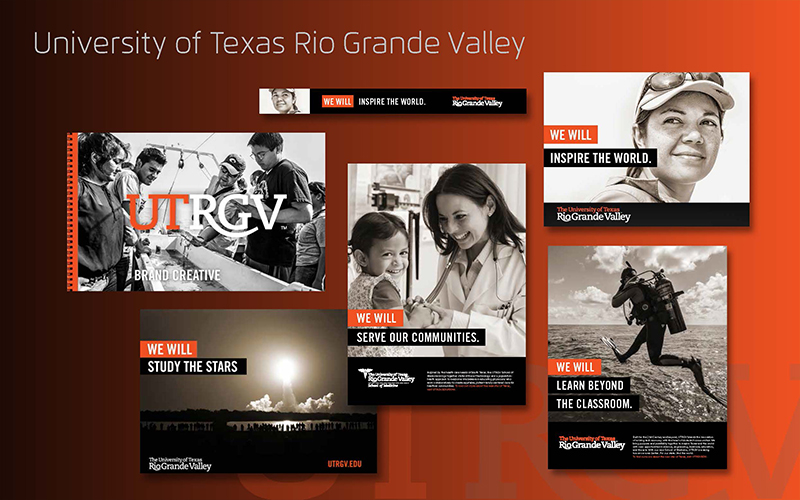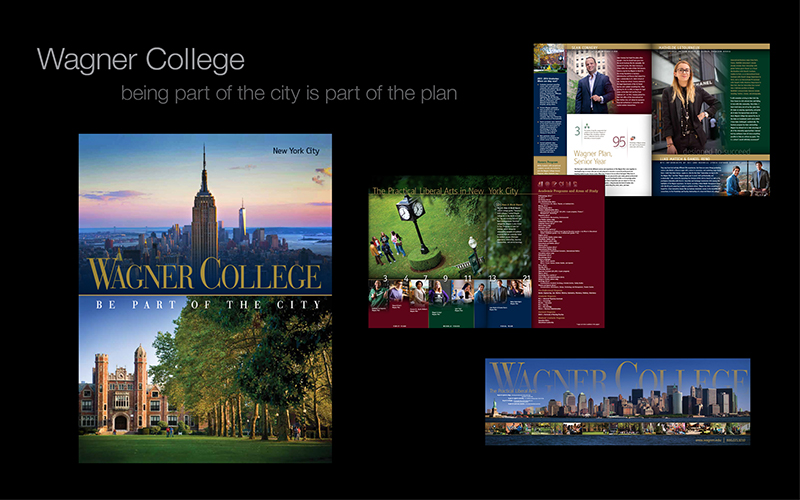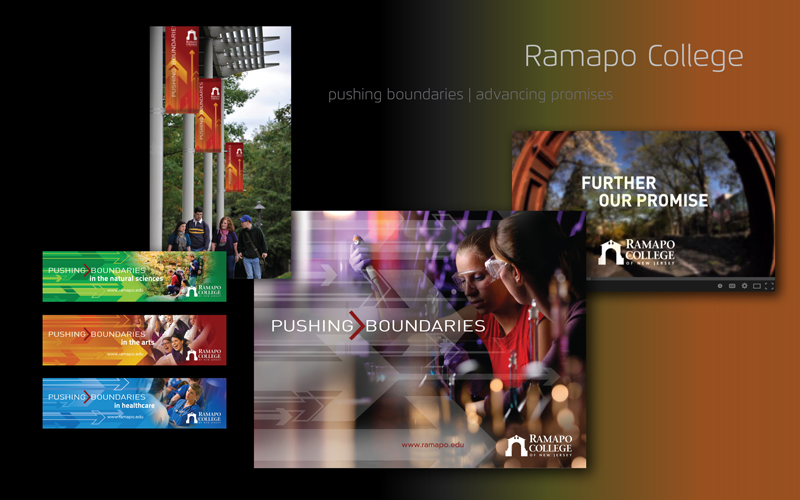But in the midst of this digital revolution, one prediction hasn’t materialized: print has not died.
As Nicholas Brown asserted in his 2016 article about millennials and print, “The more our lives are influenced by digital media, the more we are drawn to print as a retreat from online space.”
For college and university marketing teams, the lesson is clear: viewbooks, catalogs, brochures, and postcards play the decidedly low-tech, yet essential role of acquainting students with brands during moments of digital respite.
In fact, these direct-mail pieces can complement digital efforts by building vital brand connections in the physical world at times when prospective students may be more receptive.
The Advantages of Print
Digital and print are fundamentally different—and each offers distinct benefit sets.
Here are four advantages of print that keep it highly relevant in today’s digitally dominated world.
1. It’s tactile and experiential.
The texture of paper, the saturation of ink, the vivid detail of printed images: these all physically convey a certain brand mystique that can’t be reproduced in pixels.
2. It’s (mostly) distraction free.
As amazing as our digital world is, it can be wildly distracting. As we read material and interact with brands online, our attention is diluted by incoming emails, instant messages, meeting notifications, banner ads, and pop-ups. That same level of distraction simply doesn’t apply to print—or at least doesn’t apply to the same degree.
In fact, research from TrueImpact, shows that reading print requires 21 percent less cognitive effort than reading on screen. Typically, readers are able to settle into printed material and digest it on a much deeper level.
3. It can be perused at a slower pace.
All of those digital distractions mean that what we read online is often quickly skimmed before we move on.
In contrast, printed material is more likely to be viewed at a slower pace, dog-eared, set aside, and picked up later. For marketers, that “ability to linger and savor” translates into more durable engagement.
4. It’s trusted.
While I’m not suggesting that digital media isn’t trustworthy, it’s fair to say that the printed word often carries a heavier weight—influenced by generations of cultural tradition and history.
For colleges and universities, print offers a unique opportunity to enrich your brand story not simply through images and words, but through the very medium itself.

Print and the Prospective Student: What the Research Shows
Each year, Stamats conducts independent research to learn more about the needs, priorities, and preferences of teens who are active at various points in the college search and selection process.
Results from our 2016 TeensTALK® study confirmed much of what we know about the continued primacy of print. Briefly, we found that:
- Mailings and publications continue to be important resources in generating interest among prospective students.
- When it comes to offline sources of information, 53.4 percent of prospective students rate mailings as a key research tool.
- Printed publications, direct mail, and college fair materials are most heavily used by students at the start of the college-selection process, a key point in awareness building and brand engagement.
- There’s a positive relationship between the percentage of unrequested (direct) mail that students read and the probability that students will add at least one of those colleges or universities to their list of potential schools.

As digital media continues to change how we communicate, it’s important to acknowledge print’s enduring influence.
As an essential component of a full suite of communication tools, print can dynamically express your brand, foster new interactions between your brand and your most valued audiences, and reinforce a broad range of multi-channel messaging. In short, print is alive and well in the digital age.
At Stamats, we help institutions of all sizes embrace the power of print, seamlessly integrate print and digital media, and leverage brands cohesively across channels.
For more information on our full suite of branding, content development, and publication services, email us today.
Ready to Get Started?
Reach out to us to talk about your strategy and goals.











